Guide To Dermatomyositis Complications And Related Conditions
Dermatomyositis is a term used to encompass several diseases of the muscle referred to as inflammatory myopathies. These diseases feature an initial skin rash followed by chronic muscle inflammation and muscle weakness. The population most commonly affected by dermatomyositis is children from five to fifteen years old and adults between their fourth and sixth decade of life. The exact cause of dermatomyositis is not clear, but it is thought to involve an infection of the skeletal muscle tissue or inappropriate autoimmune response. Dermatomyositis does not currently have a cure, so treatment focuses on the management of symptoms. Drugs that suppress the autoimmune system, corticosteroid medication, and intravenous immunoglobulin are utilized to decrease inflammation for individuals who do not get relief from prednisone. To prevent muscle atrophy and to restore muscle strength, physical therapy is often needed.
Aspiration Pneumonia

Aspiration pneumonia is a serious infection of an individual's lung caused by the inhalation of certain substances. This infection may occur when vomit, food particles, saliva, and stomach acid travels up the esophagus and into the affected individual's airways and lungs. These particles in the lungs make a favorable environment for the colonization of bacteria. When bacteria multiply and initiate an immune response at the site, the lungs produce thick mucus and pus, which fills up the alveoli or small air sacs in the lungs. This type of backward movement of food or other particles is common in individuals who have difficulty with swallowing their food. Symptoms of aspiration pneumonia that complicate dermatomyositis include chest pain, wheezing, sweating, fever, blue skin discoloration, cough, green sputum, and fatigue. Dermatomyositis patients are more susceptible to this type of infection because the muscles that control swallowing and moving food down the esophagus into the stomach are affected by dermatomyositis. These muscles become too weak to stop the aspiration of particles into the lungs.
Calcium Deposits
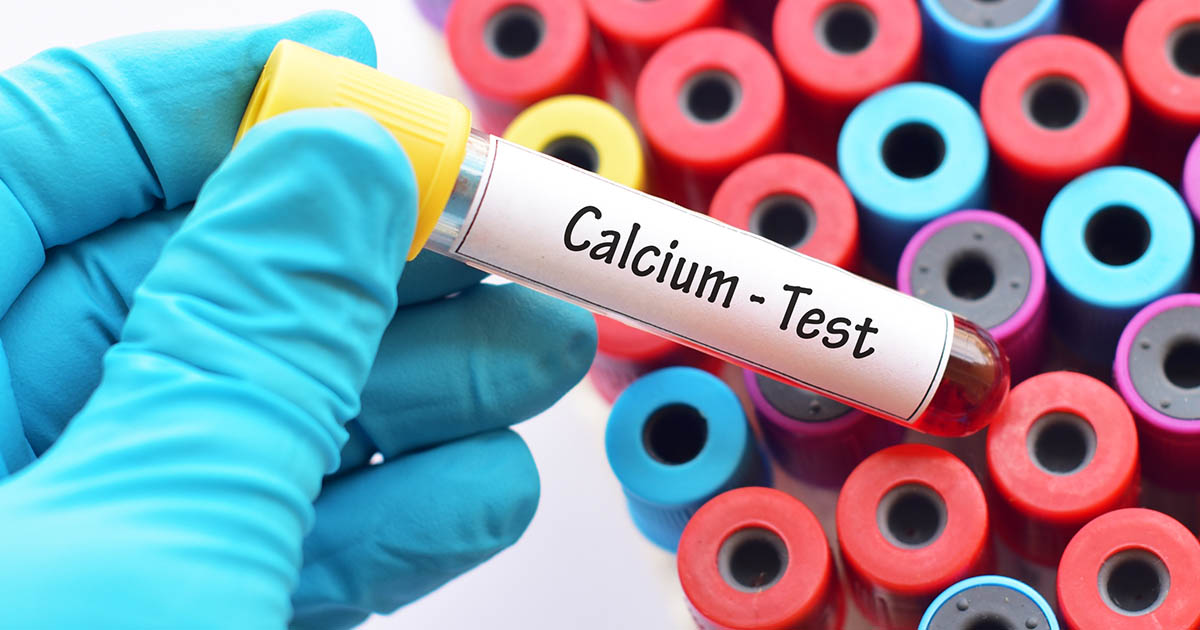
Calcium deposit is a condition where irregular quantities of calcium phosphate are displaced in the soft tissue of the affected individual's body. The displaced calcium hardens in these tissues, forming nodules that may be painful, cause skin ulcers, and impede normal function. Calcium deposits in an affected individual tend to be the most problematic when they develop in the joints, such as the wrists and feet. The exact mechanism that causes the development of deposits of calcium in dermatomyositis patients is not fully understood. However, these deposits may be associated with changes to the individual's blood vessels and inflammatory damage in the tissues from dermatomyositis. Calcium deposits are more likely in children affected by dermatomyositis than they are in adults with the condition. In individuals who have calcium deposits as a complication of their dermatomyositis, the deposits usually develop within the first three years that follow their diagnosis.
Issues Swallowing

There are numerous reasons why an individual may have issues swallowing, as it is not something specific to dermatomyositis. Healthy individuals have certain muscles responsible for the function of swallowing foods and liquids. However, individuals with dermatomyositis are known to experience progressive weakening of their muscles, which may include the muscles that control swallowing. Dermatomyositis patients who have issues swallowing are at an increased risk of developing a serious infection referred to as aspiration pneumonia. Food or liquid particles can easily go down the windpipe and get into the lungs instead of going down the esophagus and into the stomach. Because dysphagia in affected individuals makes it harder to eat and drink, they may become dehydrated and or malnourished. Lack of adequate nutrition can easily result in unintentional weight loss in affected individuals.
Interstitial Lung Disease
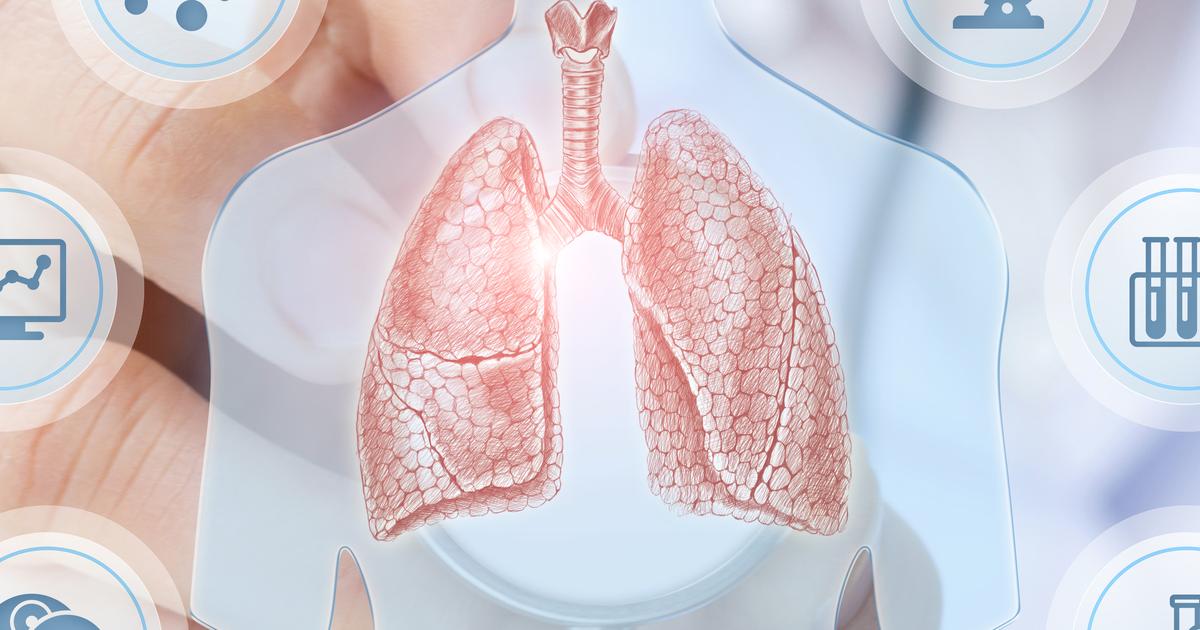
Interstitial lung disease is used to describe multiple disorders that affect an individual's lungs. The interstitial space in an individual's lungs is where the inhaled oxygen is exchanged for carbon dioxide in the bloodstream. Because dermatomyositis patients experience inflammation in the soft tissues around their body, the tissues inside of the lungs can easily become swollen and inflamed. When this inflammation in affected individual goes untreated, scarring or fibrosis begins to form in the lung tissues. Because scar tissue is thicker and denser than normal tissue, the interstitial spaces of the lungs can easily become functionally impaired. This mechanism causes the affected individual to experience respiratory symptoms, including breathlessness, sputum-producing cough, and a dry cough. Respiratory distress is a common manifestation in individuals with dermatomyositis who develop interstitial lung disease.
Raynaud's Phenomenon
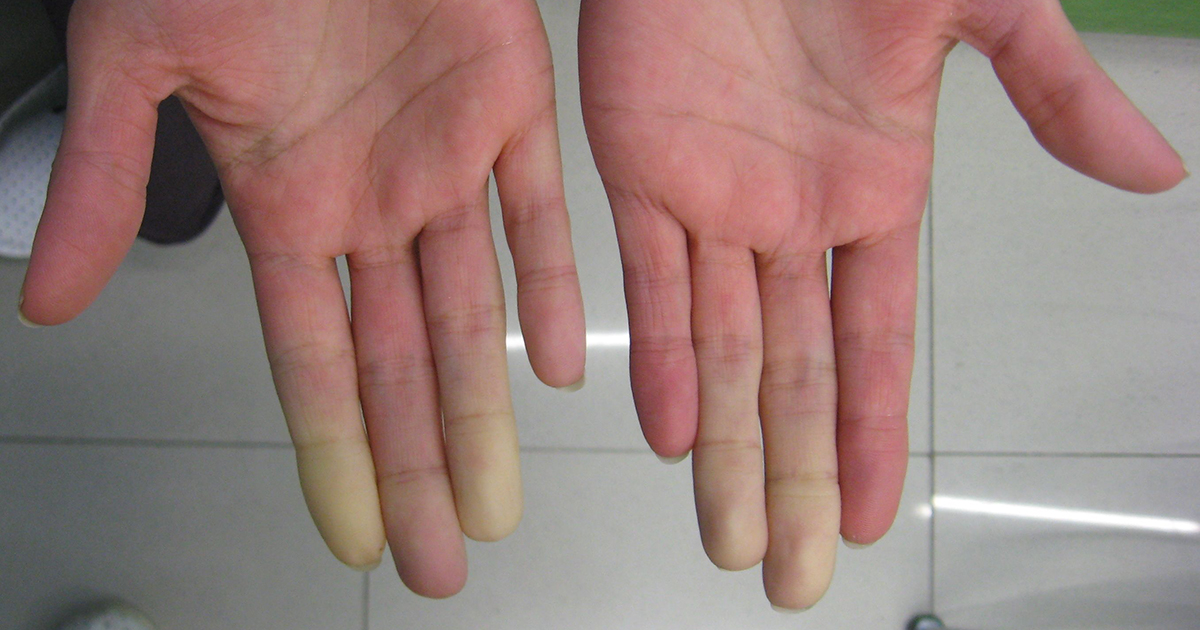
Dermatomyositis may be accompanied by a condition referred to as Raynaud's phenomenon, which affects an individual's blood vessels. Raynaud's phenomenon causes a patient's skin to become discolored when exposed to cold temperatures and less commonly, stress. The blood vessels in an affected individual's nose, fingertips, toes, hands, and ears react to the cold temperatures or stress by having spasms. Blood vessel spasms cause the vessels to contract and constrict, impeding normal blood flow to that part of the patient's body. Along with color changes of the skin, individuals who experience dermatomyositis precipitated Raynaud's phenomenon can experience symptoms such as prickling, numbness, tingling, or pain in the affected parts of the body. The mechanism behind the association between Raynaud's phenomenon and dermatomyositis is not clear, but it is thought to be related to abnormalities in the blood vessel tissues of dermatomyositis patients.
Breathing Problems
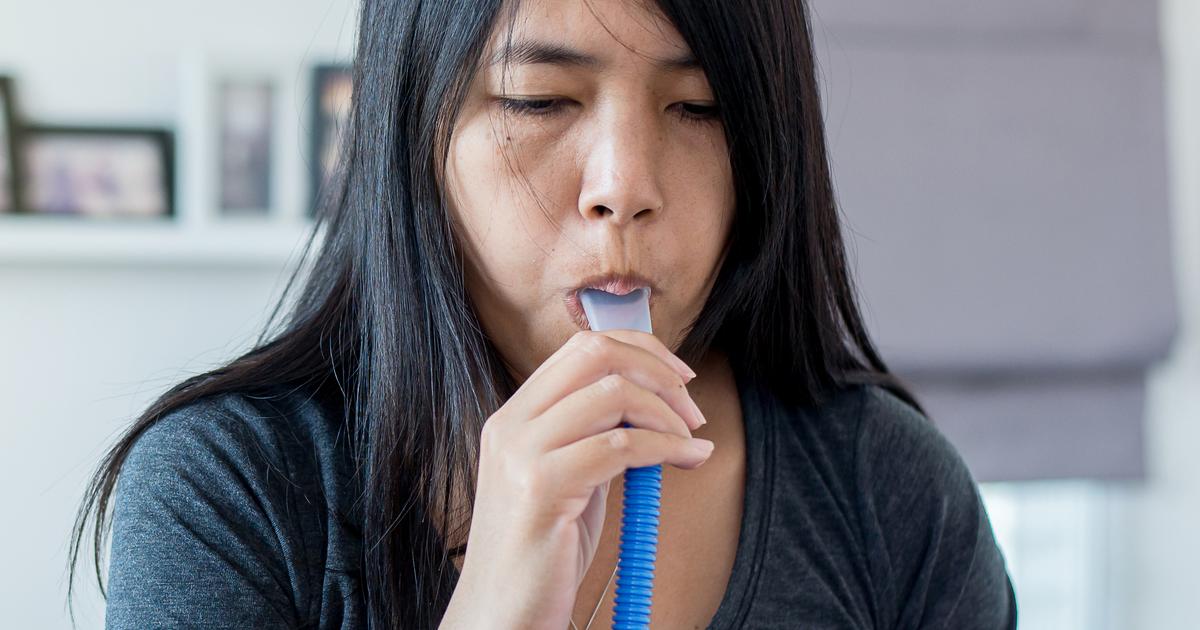
An individual's lungs do not contain any skeletal muscles, so the intercostal muscles, muscles in the neck, abdominal muscles, and diaphragm are all responsible for carrying out the actions of breathing. When any of the muscles responsible for an individual's breathing become impaired or compromised, they will experience breathing problems. Dermatomyositis causes an affected individual to experience muscle weakness in certain parts of their body. Muscle weakness is an inability to produce a muscle contraction when making the best effort to do so. Shortness of breath and exhaustion can occur in a patient who has dermatomyositis when the muscles associated with breathing become affected by muscle weakness.
Myocarditis
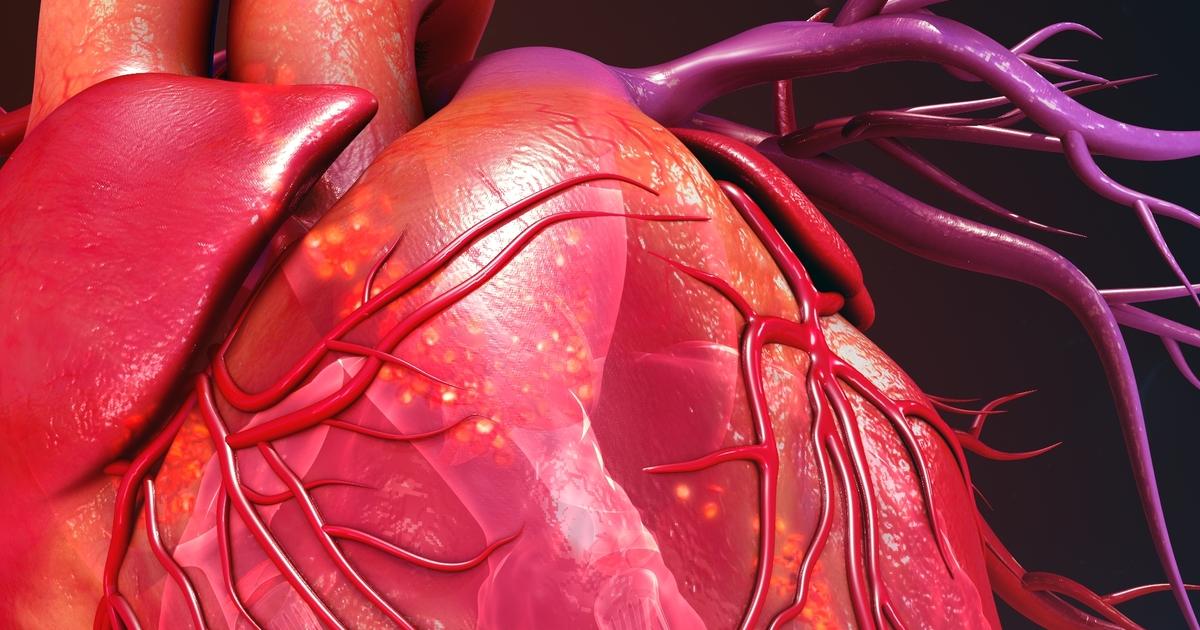
An individual with dermatomyositis is at a greater risk of developing myocarditis than someone who is not affected by dermatomyositis. Myocarditis is inflammation that develops in an individual's heart muscle, the myocardium. An individual who develops myocarditis may experience symptoms like shortness of breath, heart arrhythmias, fatigue, and chest pain. Some individuals develop myocarditis as a part of a larger abnormal immune reaction where their immune system attacks healthy tissues in the body by mistake. It is thought that the association between myocarditis and dermatomyositis has to do with the theory they are both conditions caused by abnormal immune system reactions. It is thought that the same inflammatory cells surrounding the heart muscle tissues and small blood vessels that are located in other muscles cause the destruction of the healthy muscle fibers in the heart and other skeletal muscle tissues.
Rheumatoid Arthritis
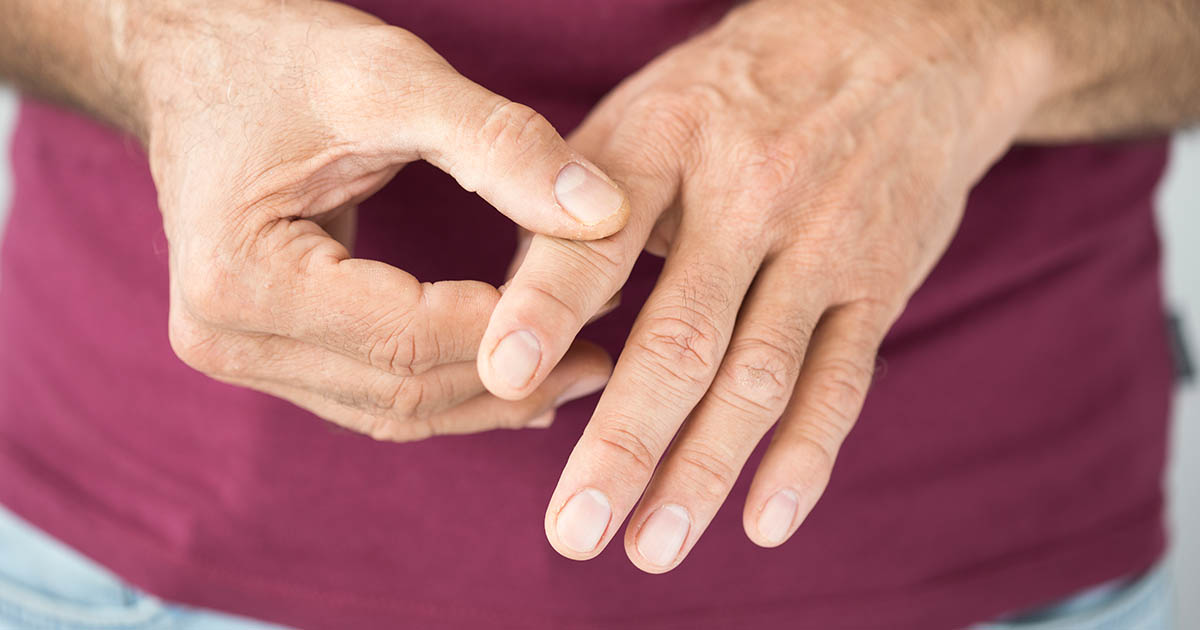
Rheumatoid arthritis development may be associated with or a complication of a previous diagnosis of dermatomyositis. Rheumatoid arthritis is a disease that causes the components of an individual's joints to become inflamed. It develops when an individual's immune system inappropriately attacks the healthy tissues of their synovium. The synovium is the membranous structure inside of a joint between two or more bones that contain fluids. These fluids and membranes protect the bones and cartilage and provide lubrication. When the synovium becomes inflamed and swollen, it causes damage to the cartilage that protects the bones in the joint. This malfunction allows the individual's bones of the affected joint to erode rapidly with normal use. A dermatomyositis patient may develop rheumatoid arthritis because the cells in the joint tissues may contain molecularly similar compounds and proteins as the cells that make up the affected muscle tissues.
Scleroderma
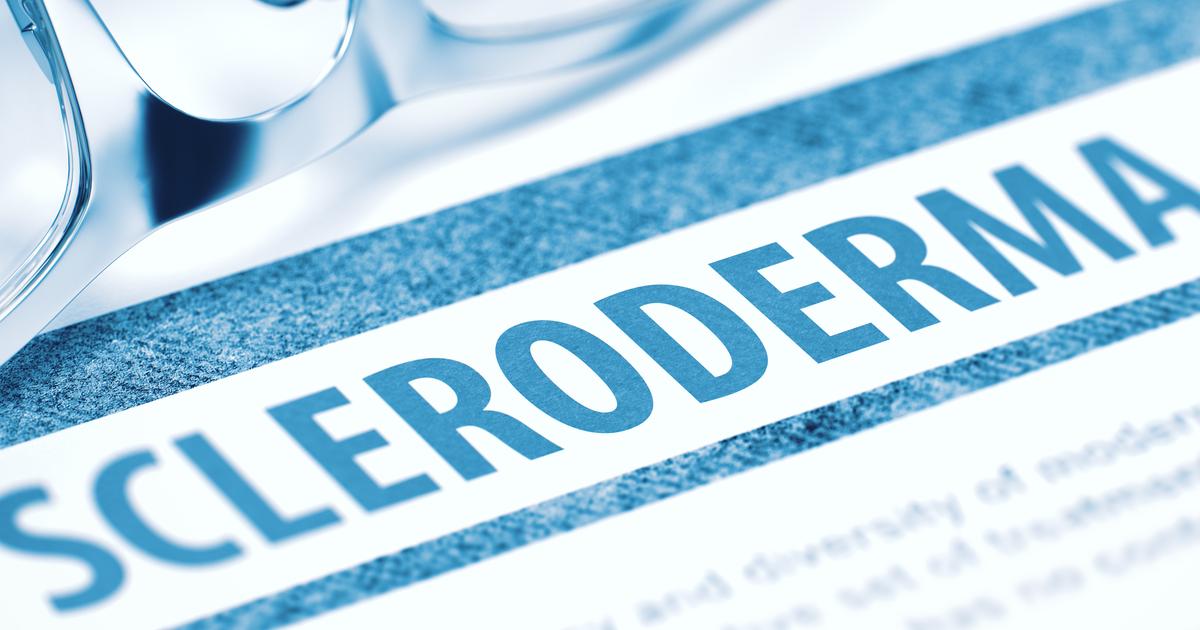
A dermatomyositis patient may also be affected by scleroderma as an associated condition. Scleroderma is a disease where an individual's immune system attacks their connective tissues around the body and causes them to produce too much collagen. Too much collagen in the skin and other connective tissues can cause the inappropriate formation of scarring on the affected organ or tissue. Scleroderma can be localized, only affecting the tissues of their skin, or it can be systemic and affect numerous organ systems in their body. The most common findings in an individual affected by scleroderma include thickening of the skin, blood vessel disease, spontaneous scarring, and varying degrees and instances of inflammation. It is thought that dermatomyositis is associated with scleroderma because of the similarities in the makeup of the cells attacked by the immune system in both conditions.
Cancer

An individual with dermatomyositis is more likely to develop cancer than someone not affected by the condition. Cancer is a condition in which a mass of cells grow too quickly and multiply more rapidly than healthy cells. These cancerous cells are of no benefit to the body, causing damage and overcrowding in healthy tissues. Cancer develops when there is a problem with the DNA of a cell where it malfunctions and tells the cell to grow and divide out of control. Any mechanism that causes cellular damage or a high cell turnover rate in the body causes an individual to be at an increased risk of developing cancer. Dermatomyositis patients have a high cell turnover rate in their muscle tissues because of the damage caused by their overactive immune system. The high cell turnover rate in the tissues of an affected individual provides more opportunity for a cellular mutation to occur that initiates the formation of cancer in the affected connective tissues.
